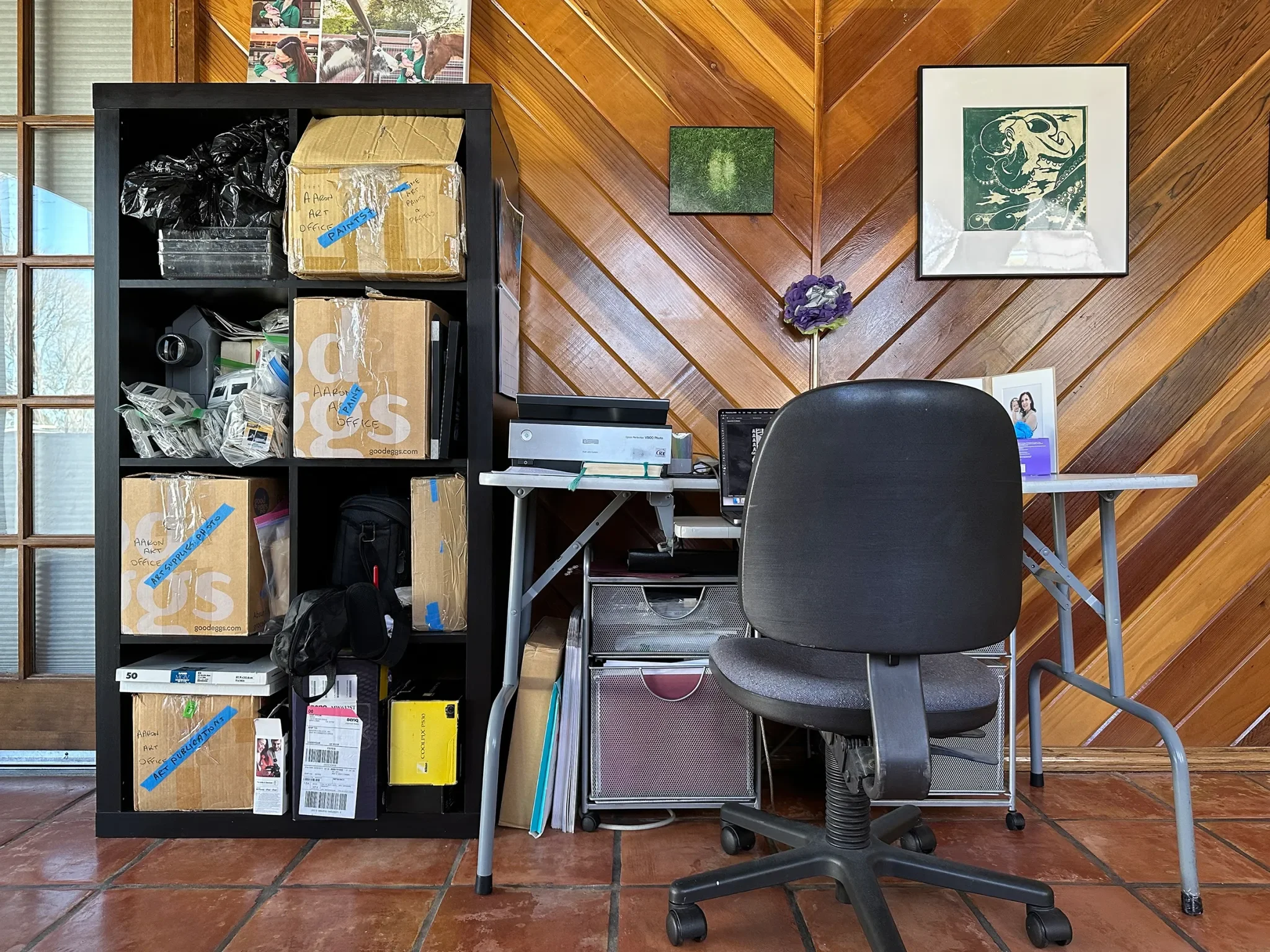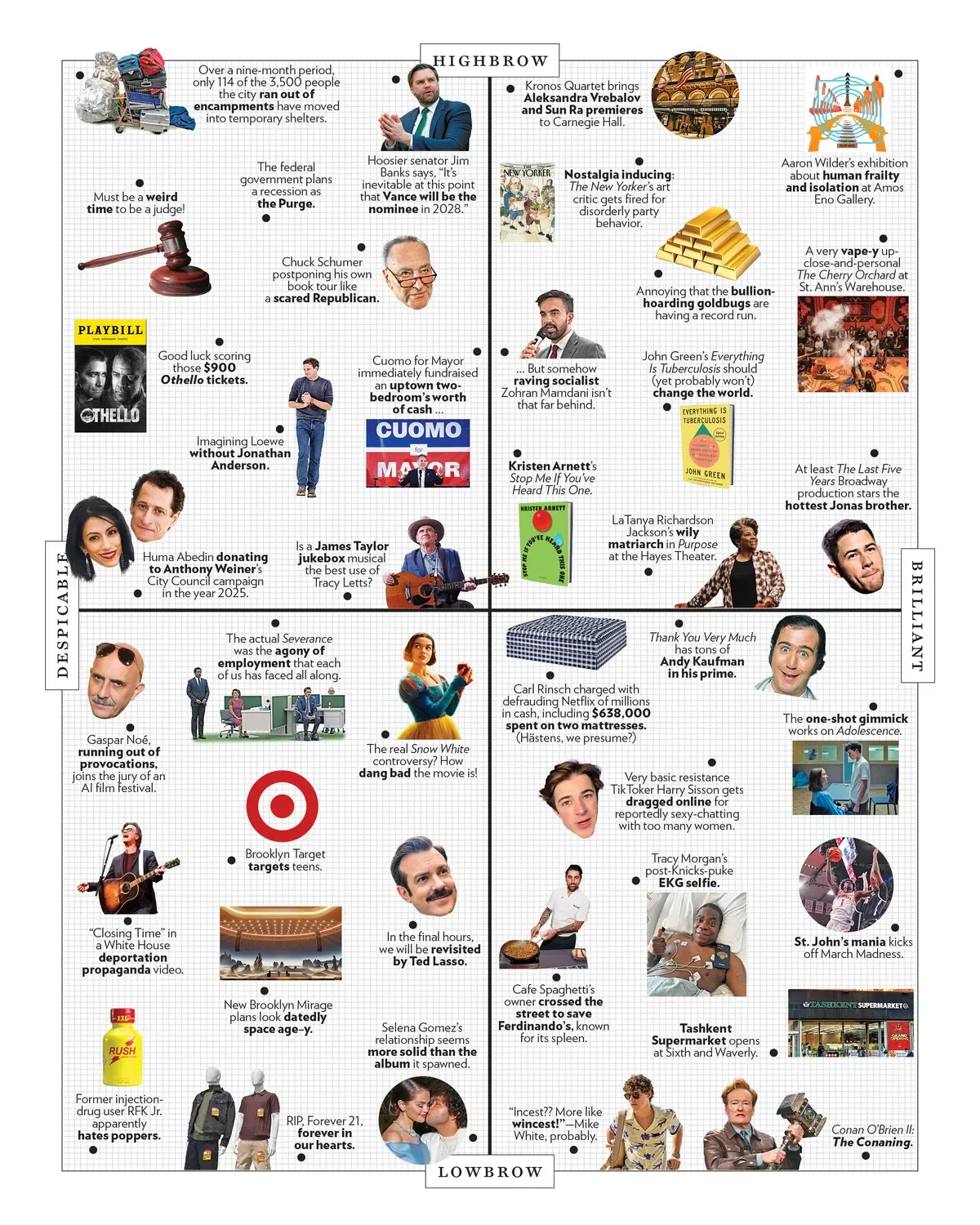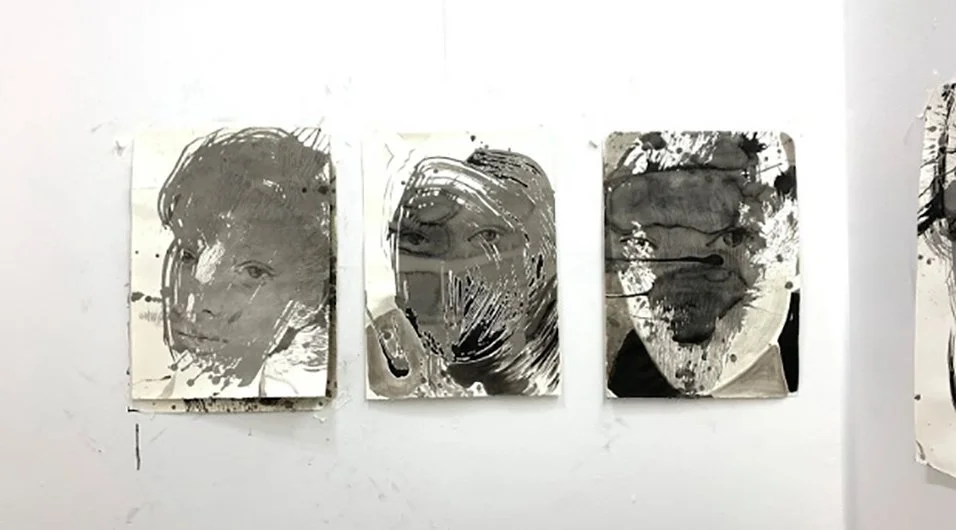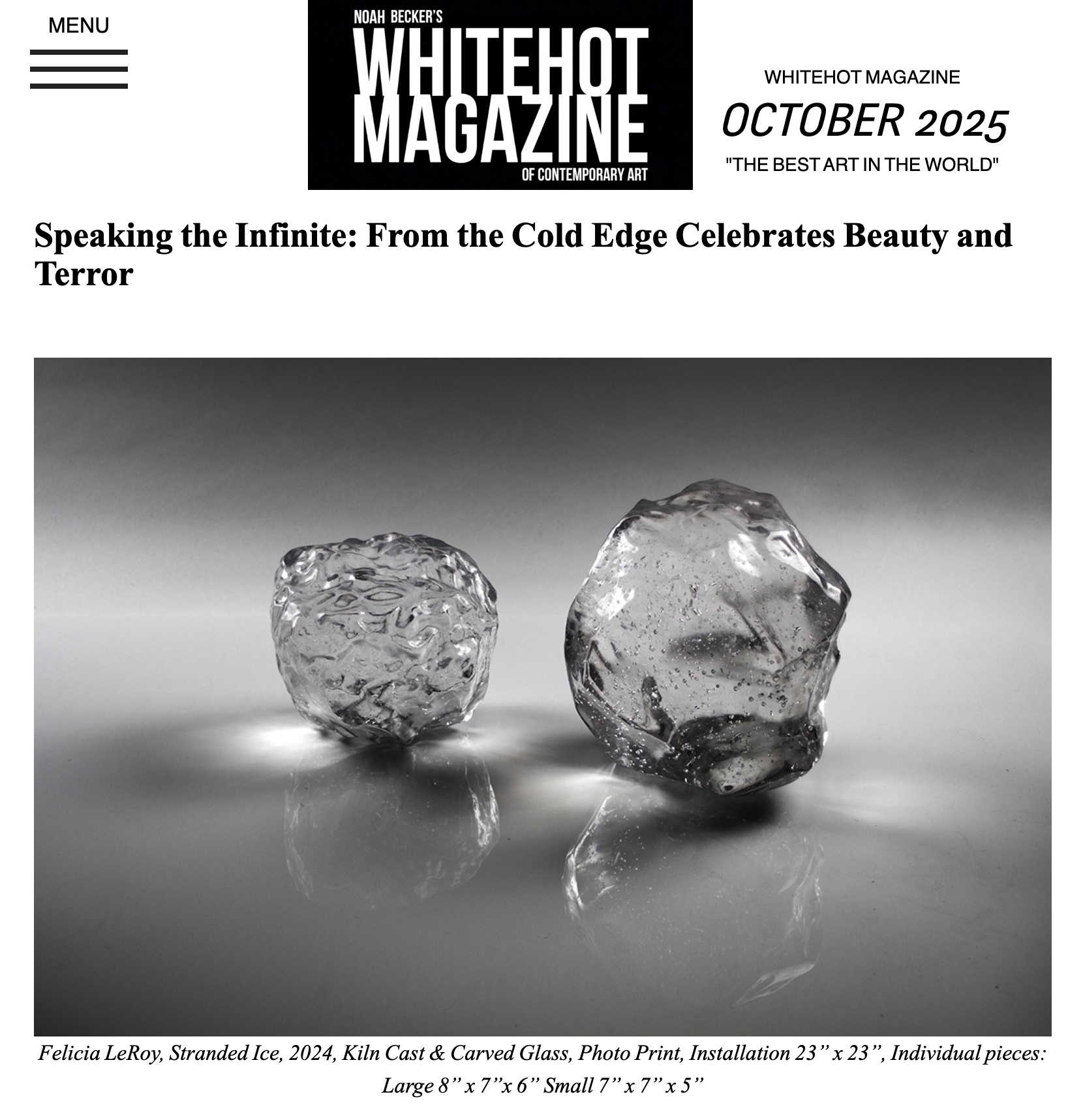Aaron Wilder — Hyperallergic
Aaron Wilder — The Approval Matrix/New York
Aaron Wilder — White Hot Magazine
Adam Erlbaum — Yale University
Bartosz Beda — ArtDaily.com
From the Cold Edge — WhiteHot Magazine
Nishiki Sugawara-Beda — Dallas Museum of Art
Nishiki Sugawara-Beda — Artsy Editorial
Jose Ricardo — ANTE Magazine
Tulu Bayar — White Hot Magazine
Tulu Bayar — Cultbytes
Tulu Bayar — GRIT Daily
Tulu Bayar — Hyperallergic
Kahori Kamiya — Hyperallergic
Aaron Wilder — Yale University
Kathy Putnam & Kahori Kamiya — TransBorder Art
Kahori Kamiya — Art Spiel
Tulu Bayar — Creatrix
Tulu Bayar — Art in America Guide
Candace Jensen — The Adroit Journal
Tulu Bayar — Ante Mag





















